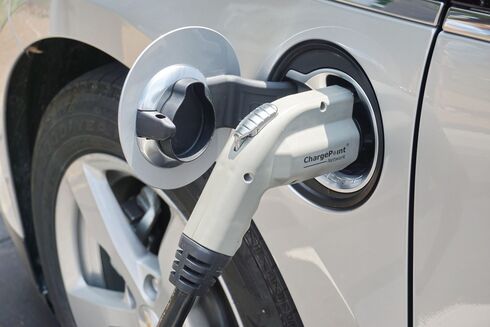
EVs in the slow lane
19 January 2023

The recently published review of the UK government’s net zero plans contains some revealing statistics on electric vehicle usage and the charging infrastructure, suggesting that a far from level playing field exists in terms of affordability and location.
The Misson Zero report by former energy minister Chris Skidmore points out that savings from the lower running costs of EVs are drastically reduced when a household does not have access to home charging, adding: “Not everyone has access to off-road parking; high-income households are 50 per cent more likely to have a garage or off-street parking than lower income households.
“At the start of October 2022, the UK had nearly 35,000 public standard, rapid and ultra-rapid electric vehicle charging devices, with more than 1,200 new rapid chargers and over 5,000 new standard chargers installed during the first nine months of the year,” it continues. “With nearly 250,000 new plug-in registrations during the same period, that is just one new standard public charger installed for every 50 new plug-in electric vehicle registrations.”
The review also says that prices at typical on-street charge points can be around two to three times higher than home electricity – something discussed earlier on Site-Eco. Currently, home chargers command just 5 per cent VAT, while VAT for public chargers is set at 20 per cent. The review recommends that VAT on public and private electric vehicle charging be balanced.
Furthermore, the report finds that for those dependent on public chargers, accessing them in some areas can be particularly difficult. “Some regions are ‘blackspots’, meaning people have to spend more money driving longer distances in order to charge,” it states.
“For example, London has approximately 31 per cent of the UK’s charge points, while the North East [of England] has just 3 per cent. Government has published an Electric Vehicle Infrastructure Strategy (EVIS), setting out its expectation for a minimum of 300,000 public chargers to be available by 2030.
“The Climate Change Committee (CCC) sets out that the government intends to rely primarily on competition to close the price gap between home and public charging,” the review continues. “However there is little evidence to date that this is happening. Government should deliver the ambition set out in the EVIS and this should not be left only to private companies to deliver.
“Government should build on the Local Electric Vehicle Infrastructure pilot and enhance cooperation with local authorities to enable them to take a leading role in vehicle charging roll-out. A ‘broadband style’ approach should be taken to ensure that chargers are spread out fairly across the country. We need a complete charge point grid and full access to this across the UK,” it says.
● The government and the energy watchdog Ofgem have since published plans to cut the cost and improve availability of facilities for electric vehicle (EV) charging. More on that shortly.
Photo: Robert Linder

